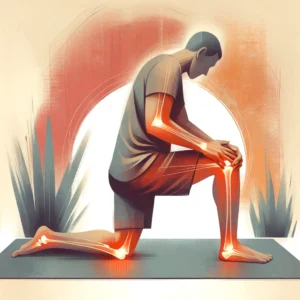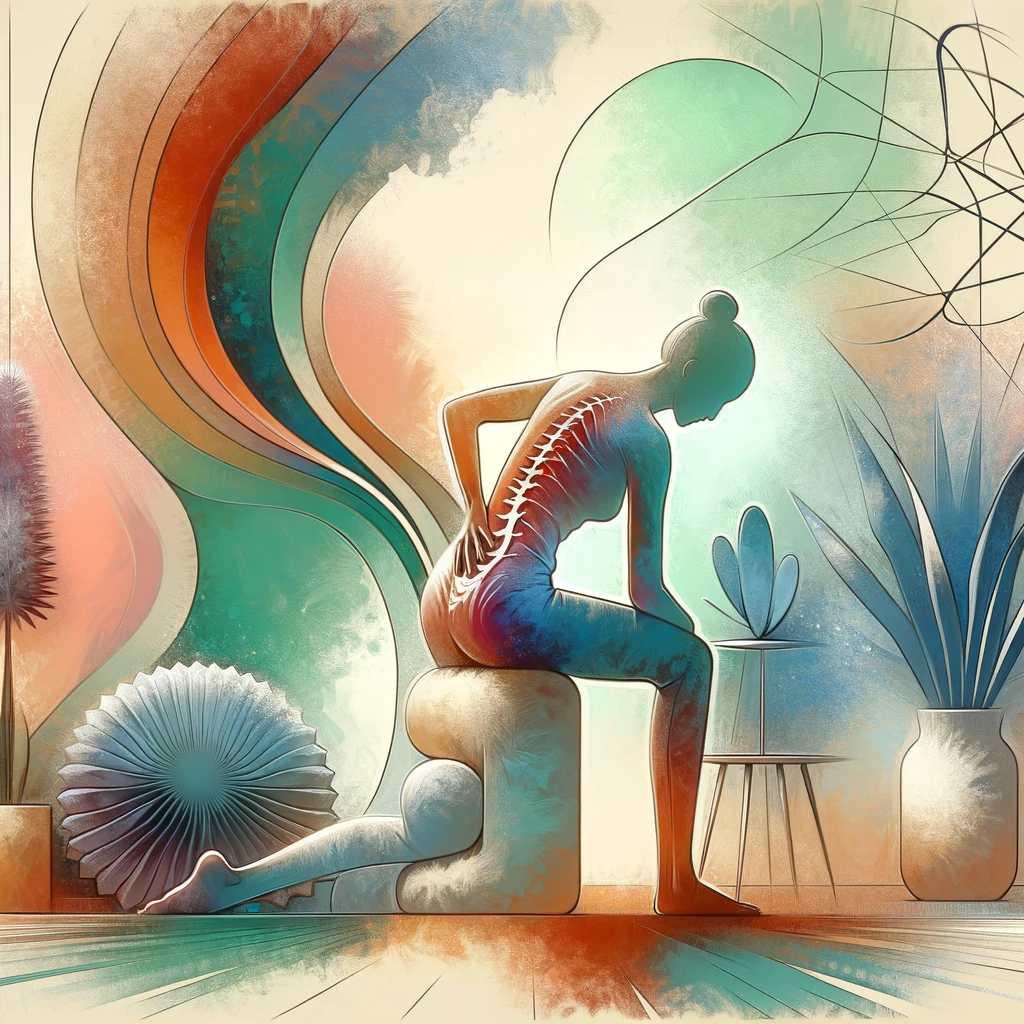Recommended Stretching Exercises for Sciatica

Understanding & Managing Spinal Nerve Pain
Sciatica's impact on an individual's life can range from a mild inconvenience to severe disruption. It commonly manifests as a sharp pain, numbness, or tingling sensation that originates in the lower back and radiates down one leg.
The intensity of the pain can vary, often described as a burning or electric shock-like sensation. Factors contributing to sciatica include spinal conditions such as herniated discs, spinal stenosis, or spondylolisthesis.
The pain can be exacerbated by prolonged sitting, coughing, or sneezing, which increases spinal nerve compression. Understanding the triggers and symptoms of sciatica is essential in adopting effective pain management strategies and avoiding activities that could worsen the condition.
If you are concerned about Sciatica, then speaking to an expert neurosurgeon in Dallas liked Dr Baker would be a great idea.
The Role of Spinal Muscles and Nerves
The complex network of muscles and nerves in the lower back and hip region plays a critical role in the development of sciatica.
The spinal nerves, branching out from the spinal cord, are integral to transmitting signals to and from the legs. When these nerves, particularly the sciatic nerve, become compressed or irritated, it leads to the symptoms of sciatica.
The surrounding muscles, including the gluteal and piriformis muscles, can also contribute to nerve compression if they become tight or spasmodic. Understanding the anatomy and function of these muscles and nerves is crucial for identifying the root cause of sciatica and tailoring treatment accordingly.

Muscle Involvement in Sciatica
The balance and strength of the muscles supporting the spine are vital in managing and preventing sciatica.
Imbalances or weaknesses in these muscles, especially the core and lower back muscles, can lead to undue pressure on the spinal nerves.
Targeted exercises that focus on building strength and flexibility in the core, glutes, and lower back can significantly reduce the risk of nerve irritation.
Maintaining good posture and using proper body mechanics during daily activities are essential in minimizing stress on the lower back. Regular exercise and physical activity, tailored to individual capabilities, can help in maintaining muscle strength and spinal alignment, thereby reducing the likelihood of sciatica.
Physical Therapy for Sciatica
Physical therapy for sciatica is centered around individualized treatment plans that cater to the specific needs and symptoms of each patient.
In addition to strengthening and stretching exercises, physical therapists often incorporate posture correction and ergonomic assessments into the treatment regimen. Techniques such as spinal mobilization, traction, and deep tissue massage can be employed to relieve nerve compression and improve spinal alignment. Modalities like ultrasound or TENS (Transcutaneous Electrical Nerve Stimulation) can also be used to alleviate pain and promote healing.
For patients with severe or persistent symptoms, physical therapists may collaborate with other healthcare professionals to explore additional treatment options like injections or, in rare cases, surgery.
The goal of physical therapy in treating sciatica is not only to alleviate immediate symptoms but also to equip patients with the knowledge and tools to manage their condition and prevent future episodes.
Exercises to Relieve Sciatica
Specific exercises and stretches can significantly alleviate sciatica symptoms. These include:
- Knee-to-Chest Stretch: This exercise involves lying on the back and gently pulling one knee toward the chest, stretching the lower back muscles.
- Side-to-Side Knee Stretch: Lying with knees bent, slowly moving the knees side to side gently stretches different parts of the lower back and hips.
- Supine Hamstring Stretch: This targets the back of the thigh, where the sciatic nerve runs, helping to release tension in the lower back.
- Sciatic Nerve Flossing: A technique that mobilizes and releases the sciatic nerve if trapped by surrounding tissues.
Managing Sciatica at Home
Managing sciatica effectively at home involves a combination of self-care measures and lifestyle adjustments:
- Ice Packs: Applying ice to the affected area can reduce inflammation and provide immediate pain relief.
- Staying Active: Gentle activities like walking or stretching keep muscles loose and prevent stiffness.
- Pain Relievers: Over-the-counter medications can manage pain and inflammation but should be used as per the recommended dosage.
- Posture and Ergonomics: Maintaining proper posture, especially during prolonged sitting or heavy lifting, is essential.
Advanced Techniques for Sciatica Management
For more severe cases of sciatica, advanced techniques may be necessary:
- Targeted Therapeutic Exercises: Exercises that specifically target the areas around the sciatic nerve can provide pain relief and strengthen the surrounding muscles.
- Specialized Physical Therapy Techniques: Techniques like manual therapy, nerve flossing, or gliding can mobilize the sciatic nerve and relieve entrapment.
- Lifestyle Changes: Integrating lifestyle changes, such as maintaining a healthy weight and regular physical activity, can aid in managing sciatica pain.
Conclusion
Managing sciatica requires a comprehensive approach that includes physical therapy, exercises, and lifestyle changes.
Understanding the intricacies of the sciatic nerve and its impact on the body's connective tissues is key to effective treatment.
Early recognition and appropriate treatment can significantly improve the lives of those suffering from sciatica, leading to a more active and comfortable lifestyle.
Dr. Abdul Baker - An Expert Neurosurgeon in Texas
Every neurosurgery has its complications; thus, a patient must choose the best neurosurgeon for himself. Dr. Abdul Baker is one of the most experienced and qualified neurosurgeons in Texas, treating patients for more than 16 years. People in Sherman, Plano, and nearby areas trust him for every kind of neurosurgery due to his surgical procedures’ 100% success rate. You may visit him if you need any consultancy or treatment regarding your brain and spine disorders.


Dr. Baker specializes in neurosurgery, neurosurgical spine surgery, neurotrauma, brain tumors, spinal tumors, and peripheral nerve damage treatment.









